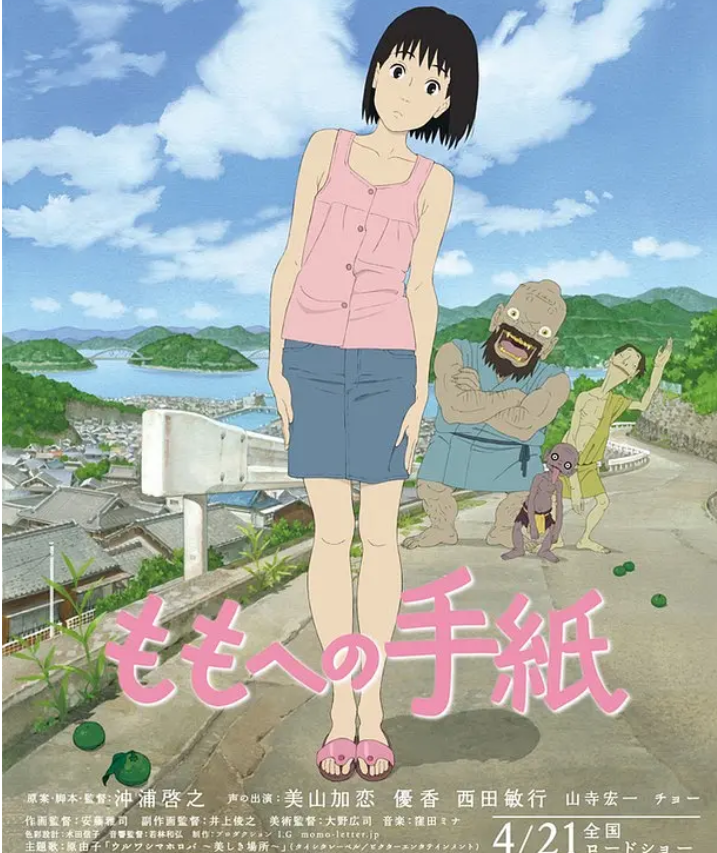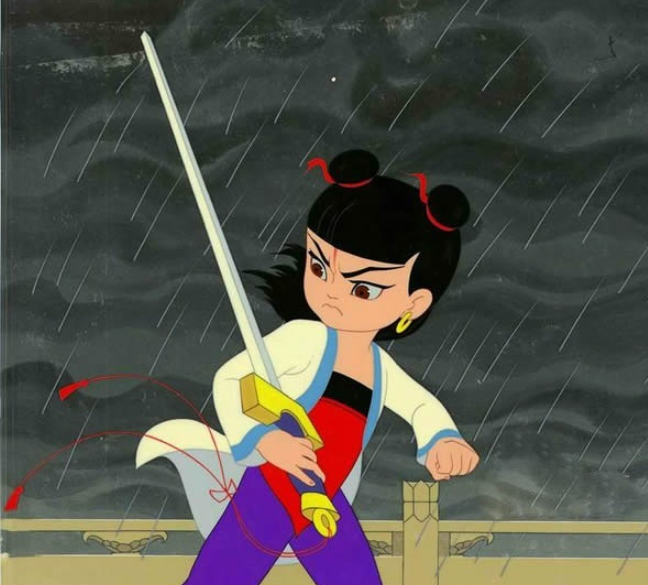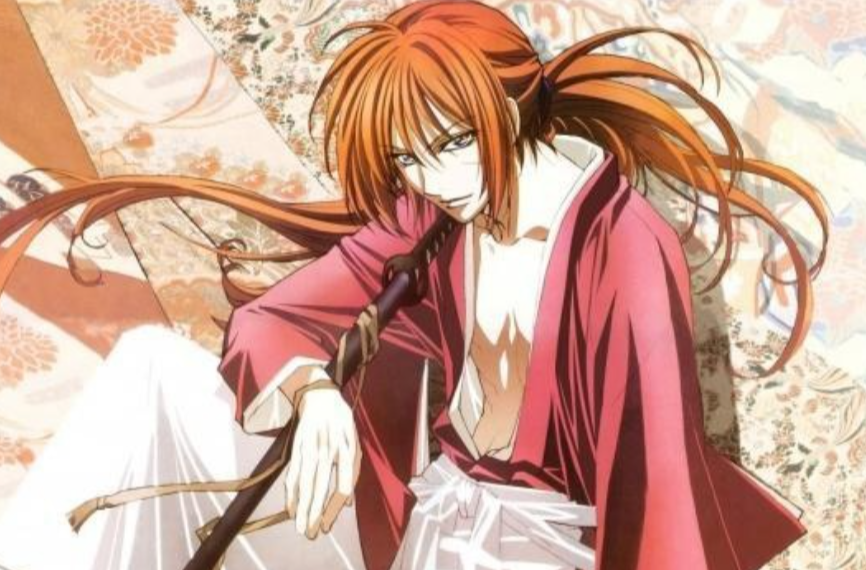
A letter to Peaches
On a small island of Shikoku, Japan, a girl named Peach, who moved from Tokyo, has a sad expression and does not want to talk to others. She carries with her the memory of her father, the guilt that she had fought with him before he died, and the letter he left her that began with just three words: “To Peach.” How she will recover her anger, how she will free herself from the guilt, how she will bravely start a new life for herself, how she will make new friends, how she will find the message that her father has left for her… “Letters to Peaches” tells such a story full of flavor of life.
The beautiful scenery and simple folk customs on the island make people fascinated and mesmerized. Perhaps it is just such an environment that can let peaches untie from the knot of heart, and perhaps only such an environment can let the audience be cured from an impetuous and detached from the land of modern life. This is an animation for adults, because it brings us fresh character relationships and delicate character emotions. More importantly, it is closer to the earth than today’s more and more three-dimensional showy technology and big themes of heroic animation. Every time I see the simple and neat little shrine on the hill of the island, not huge, but standing firmly in the lush jungle and earth, I know that people have come a long way, it is the most needed to find such earth things, to find recognition and warm hearts.
The film cleverly borrows a few bogey characters from the Shinto religion, bringing a touch of surreal animation to this realistic subject matter and a touch of humor to a serious topic about melancholy and relief, growing up and finding a theme. These monsters face fierce, but the heart of passion, they have love and righteousness, know how to give. This is not the first time that these monsters are depicted in Japanese animation. These elves, originally used to scare people, have completely become the expression symbol of the unified consciousness of ugliness and beauty in Japan. Their meeting, acquaintance, assistance and separation from human beings have often become new stories.
When did the peach in the story begin to untangle him? I think it must have been when she and some monsters came to the top of the hill and saw the whole magnificent view of the island. At the end of the credits, she and her mother climb to the top again. So this is an important plot. Another important plot is diving. From the first escape dive, the second missed the appointment to dive, the third time on the shore of the rock to practice diving on their own ,to the last brave and extravagant jump. What she needed was not just the courage to jump off a bridge, but the courage to move on with her life after her father’s death. What she jumped into was not only the blue sea, but also the broader future of life. As the genie said to Peach when she gave her a push during practice, “That’s pretty good dancing.”
In fact, the monster not only to protect peach’s safety, but also to resolve Peach’s guilt, let her grow up. It is hard to imagine that this is a God arranged task; we should perhaps take it as the peach father’s wish. Just like the peach finally received the letter with the ship light disappeared, with little monsters letter paper, said is the father’s blessing. I always thought it could not be a coincidence that my father’s hearty smile was so similar to the big mouth of the biggest monster.
When the three monsters finished their mission and returned to the sky, the clock in Peach’s house, which had hung on the wall and had not moved for a long time, jumped from five fifty-nine to six hundred and sounded the time. The bell is as clear as Peach’s smile after hearing the bell. Perhaps the clock in Peach’s heart is finally moving forward from the stasis that began when his father died.
In the film, the director also designed a companion for Peaches who can also see monsters, a male friend’s innocent little sister. Is My Neighbor Tutor’s premise that only little girls can see strange living things carried over here, and the monsters’ self-assumed assumption that she can see peaches when they fall from the sky is no longer tenable? Why on earth can the little sister see the monster? Maybe only the director would know, but anyway, if only the peach could see the monster, the story would be too boring. Because then Peaches would be a privileged exception, not an ordinary person, and the human warmth she feels would not be passed on to anyone else.
It is worth mentioning that Peaches’ mother suffers from asthma. At the end of the film, I was deeply moved when her asthma relapsed due to her caring. Having suffered from asthma as a child, I can relate to the choking pain of asthma portrayed in the film. But I’m not a parent, and I don’t know how to care for my own children, let alone raise a child if the other half of my life dies. So I feel the mother’s physical pain and mental toil double pressure feeling, really want to say for her not easy.
It took seven years to complete the film, which is exquisitely conceived and emotionally delicate. It is needless to say that there are “three” at the end of the film alone, which shows how much internal reference the film and how the director could not bear to end the work. For one thing, peach sent away a few monsters, the bell sounded at home; she showed a long lost sincere smile…… Second, on the night shore, villagers follow the ancient ritual of making boats out of straw to send their thoughts to the gods, and one of the boats is pushed back by the waves with a letter on it… Three, on a sunny day, Peach put on a bathing suit, under the encouragement and gaze of her playmates, jumped into the sea from the bridge…


